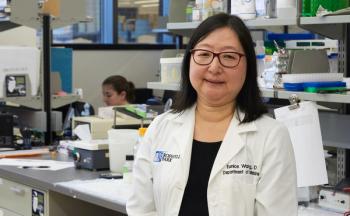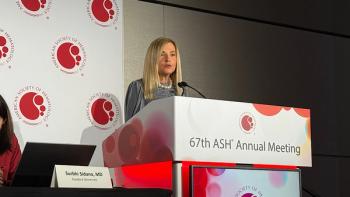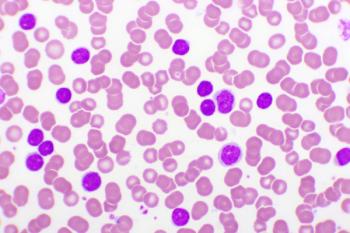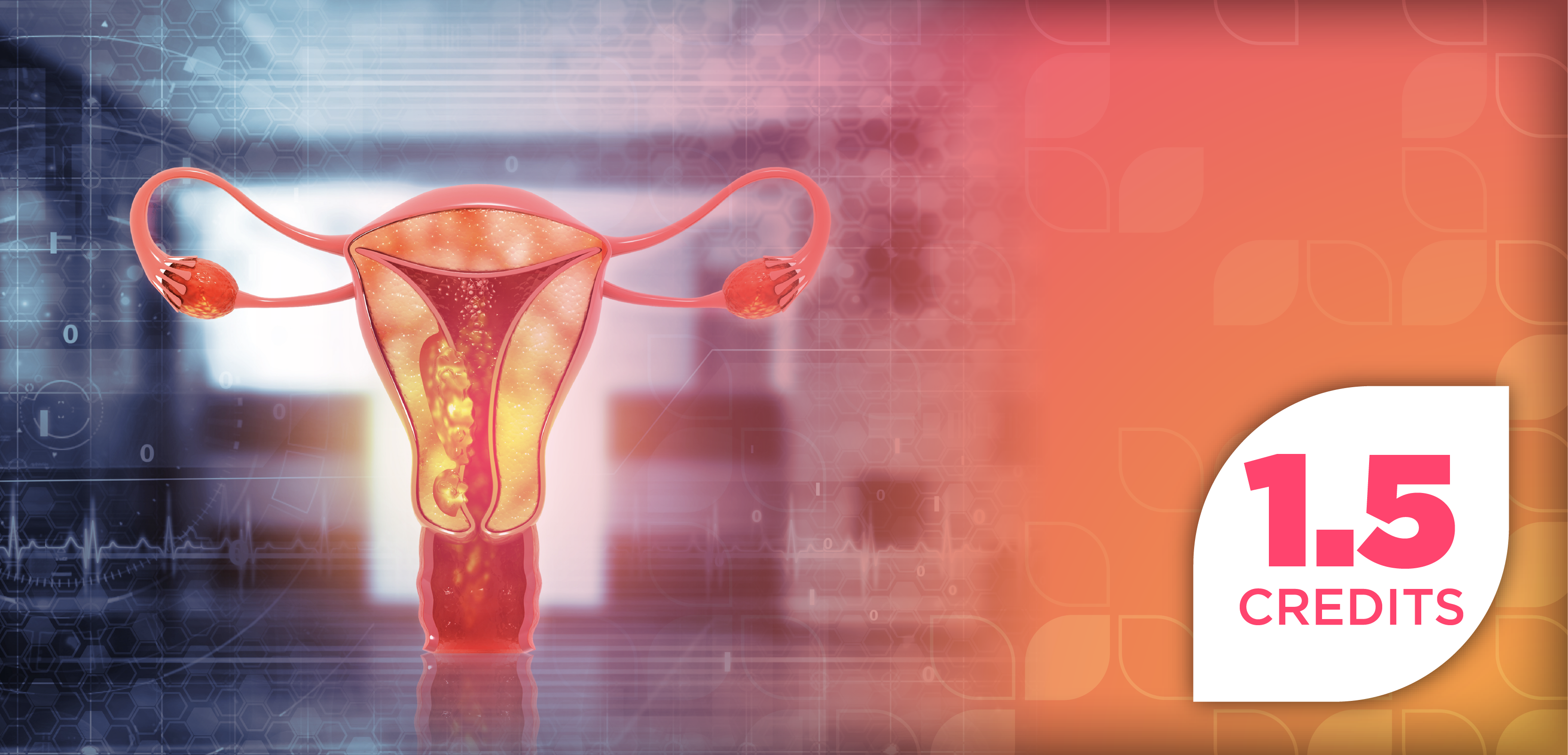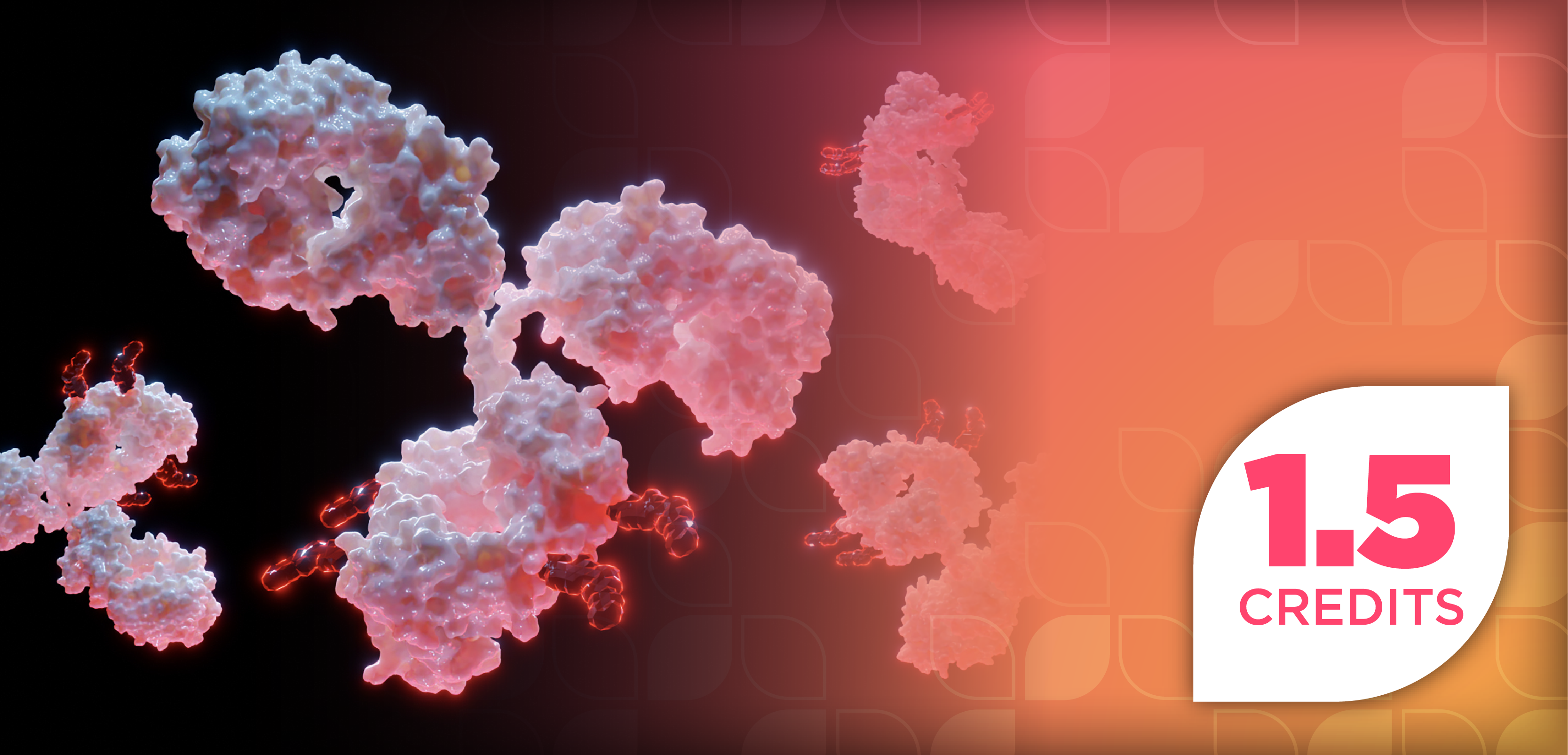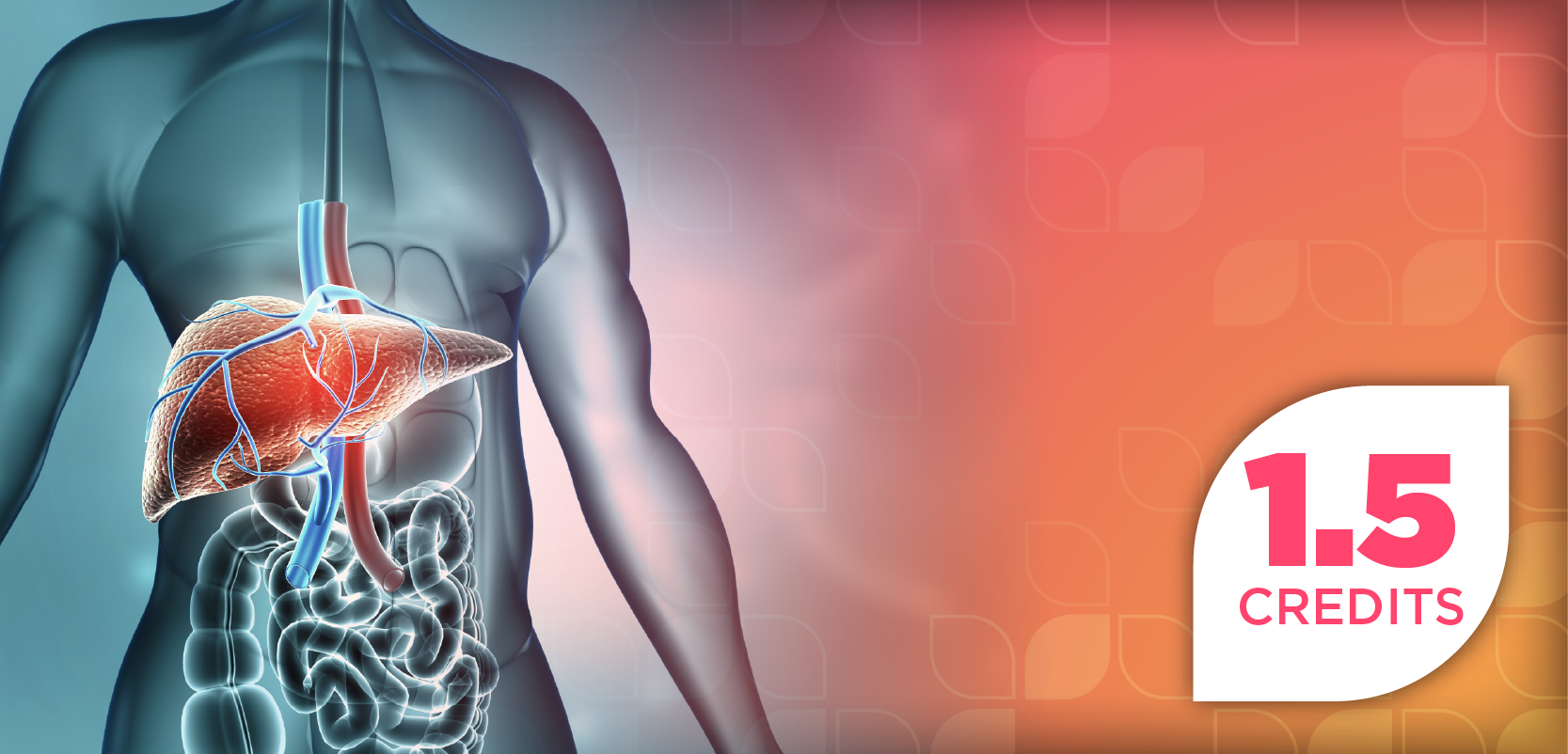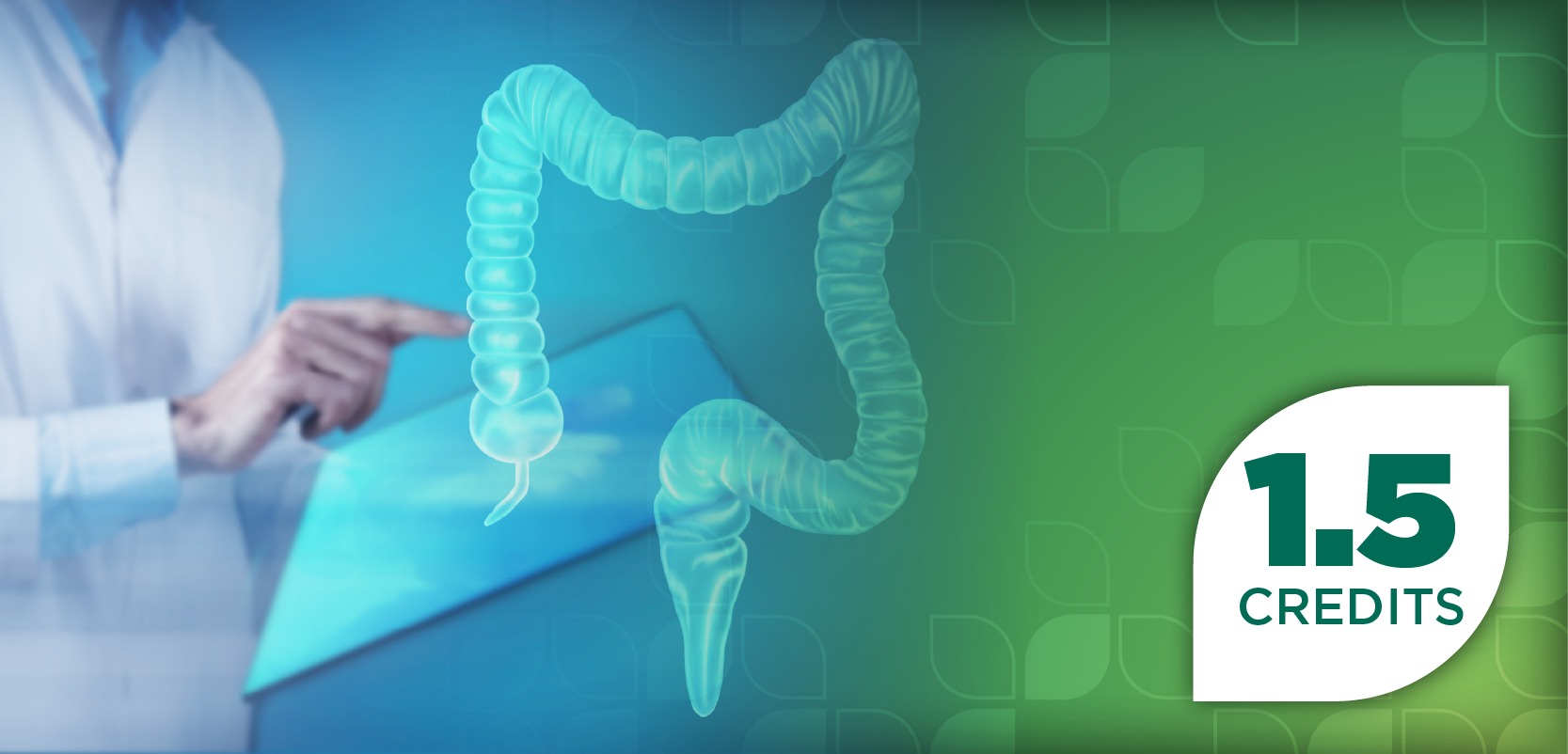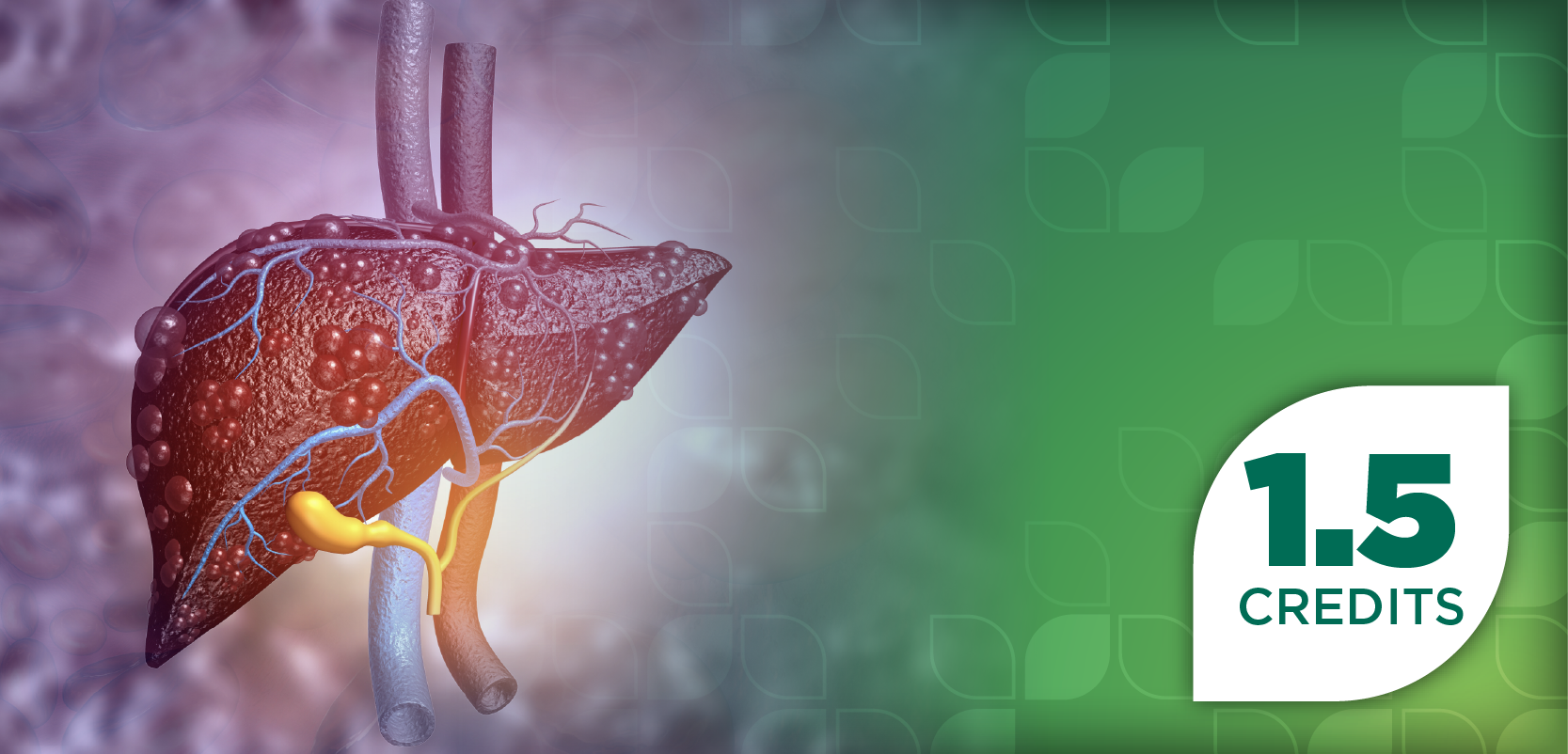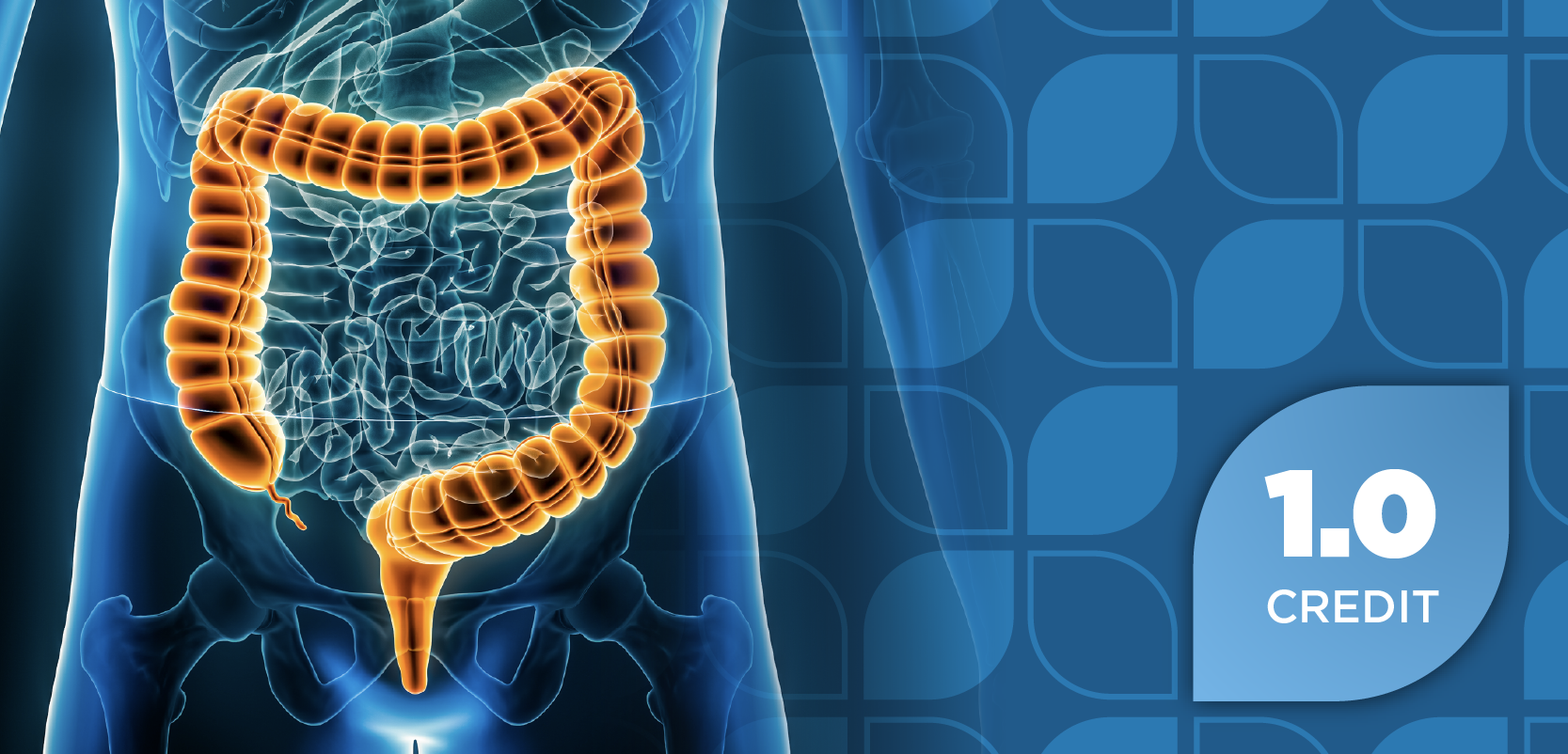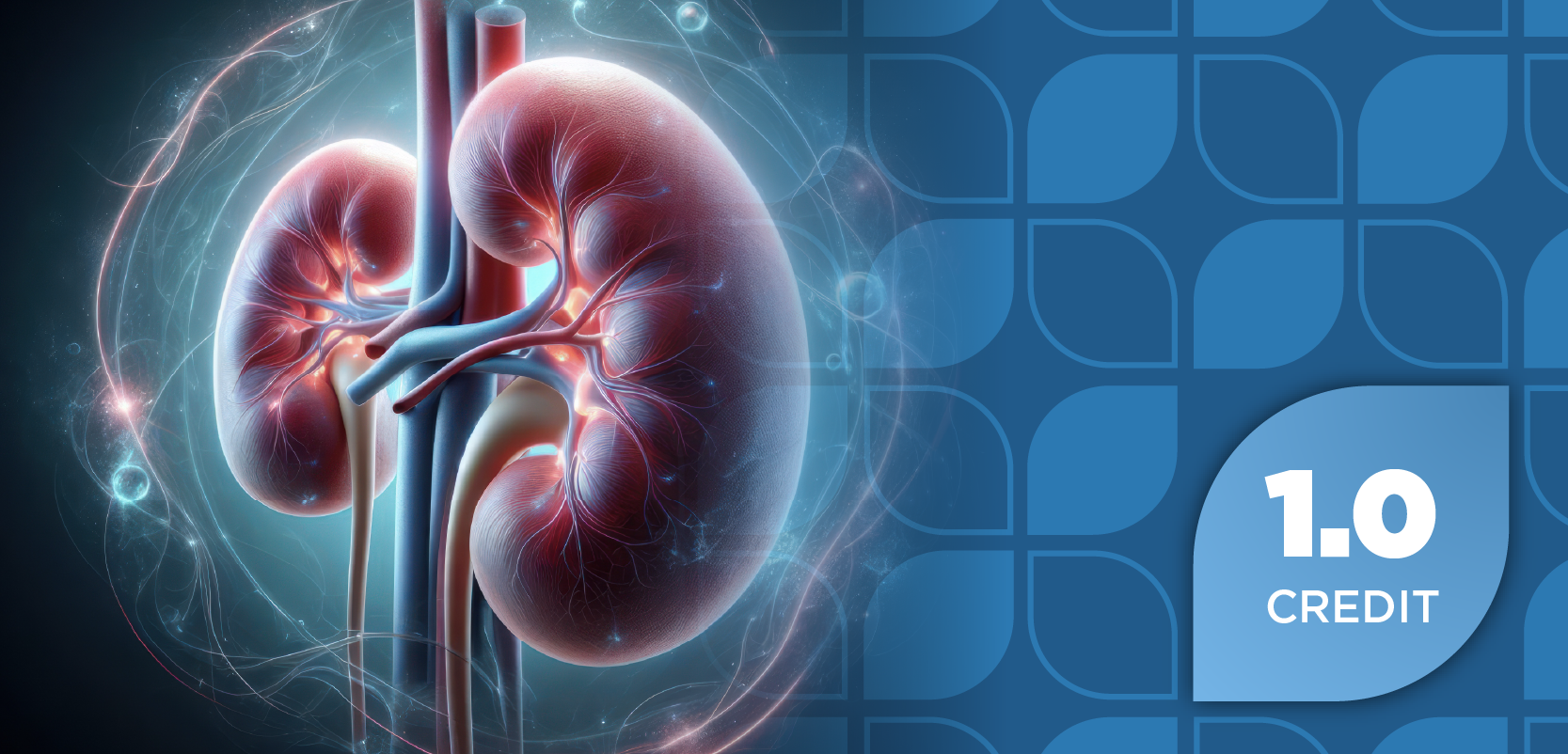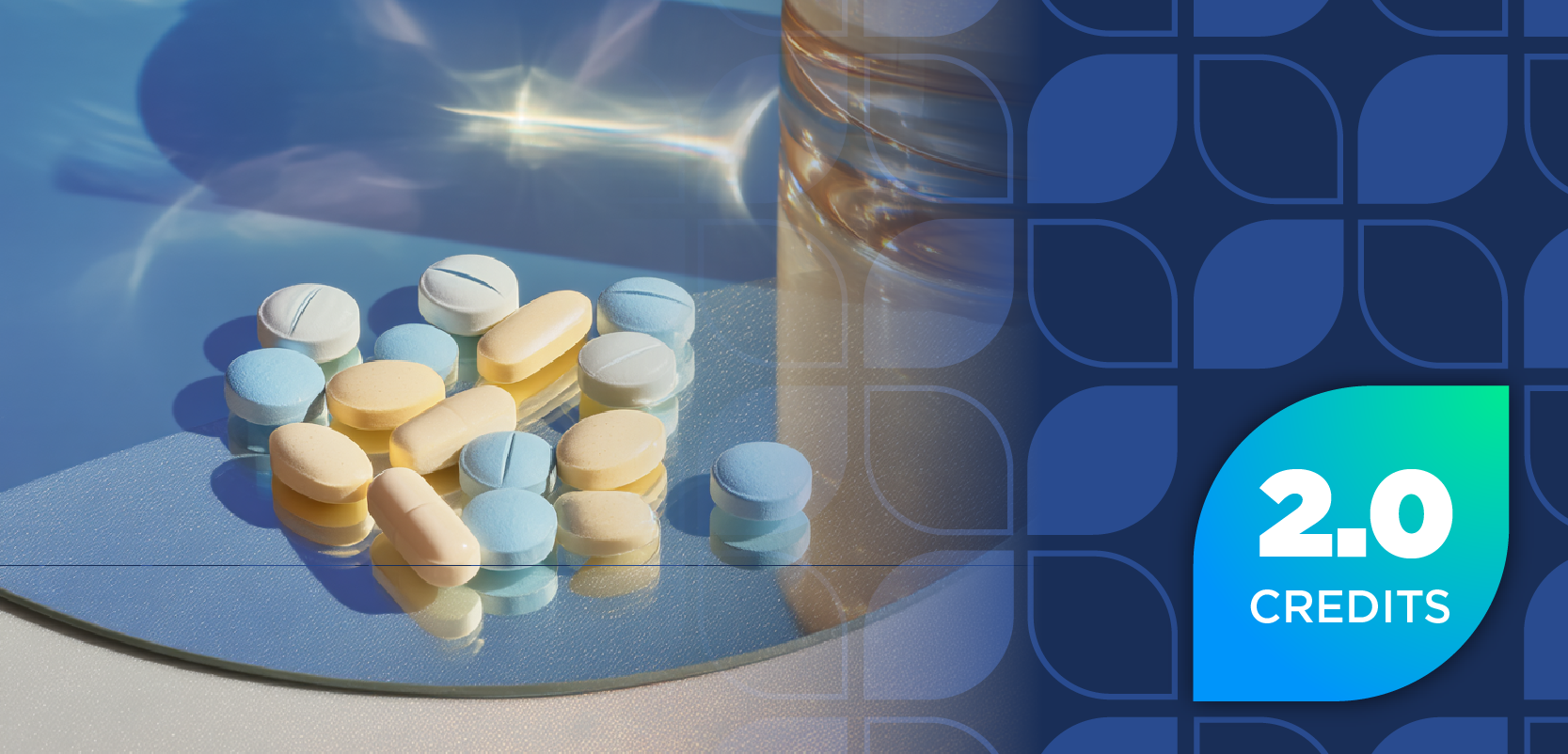
Dr Nina Shah on the Benefits of Outpatient HSCT When Possible
Providing outpatient hematopoietic stem cell transplant (HSCT) when patients are eligible is a good way to reduce costs, without impacting outcomes, explained Nina Shah, MD, associate professor, University of California, San Francisco, School of Medicine.
Providing outpatient hematopoietic stem cell transplant (HSCT) when patients are eligible is a good way to reduce costs, without impacting outcomes, explained Nina Shah, MD, associate professor, University of California, San Francisco, School of Medicine.
Transcript
Would it be more cost efficient to conduct outpatient hematopoietic stem cell transplant if outcomes are comparable and proven safe compared with inpatient transplant?
We just published a paper on this, this year from a large group of patients. And what we know is for patients who are eligible, and this is often a decision that’s between the physician and the patient, patients who are eligible for an outpatient transplant, they do great. They do just as well. And there is less cost to the entire medical system.
I think that that if we’re going to use that approach, we have to get insurance companies to get on board to help patients pay for things like, for example, hotel rooms near the transplant center, or helping a caregiver with their off time from work. And that will actually be more cost efficient than having the patient in the hospital for 16, 18, 20 days, and patients actually feel more free, that they can do things a little more freely without being tied to a hospital bed. So I’d really like to see us work together with the payers.
Newsletter
Stay ahead of policy, cost, and value—subscribe to AJMC for expert insights at the intersection of clinical care and health economics.

